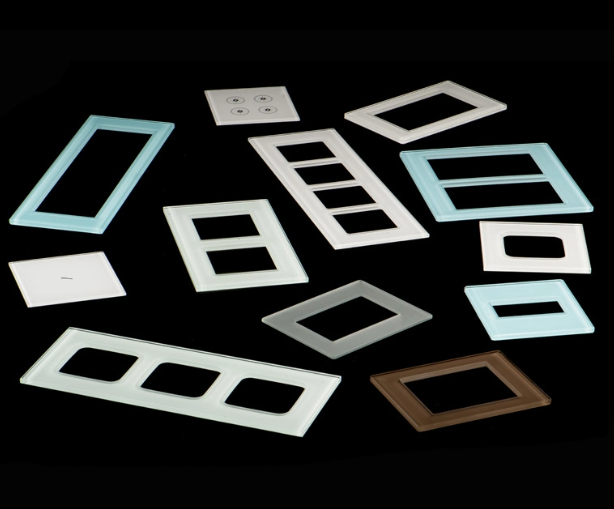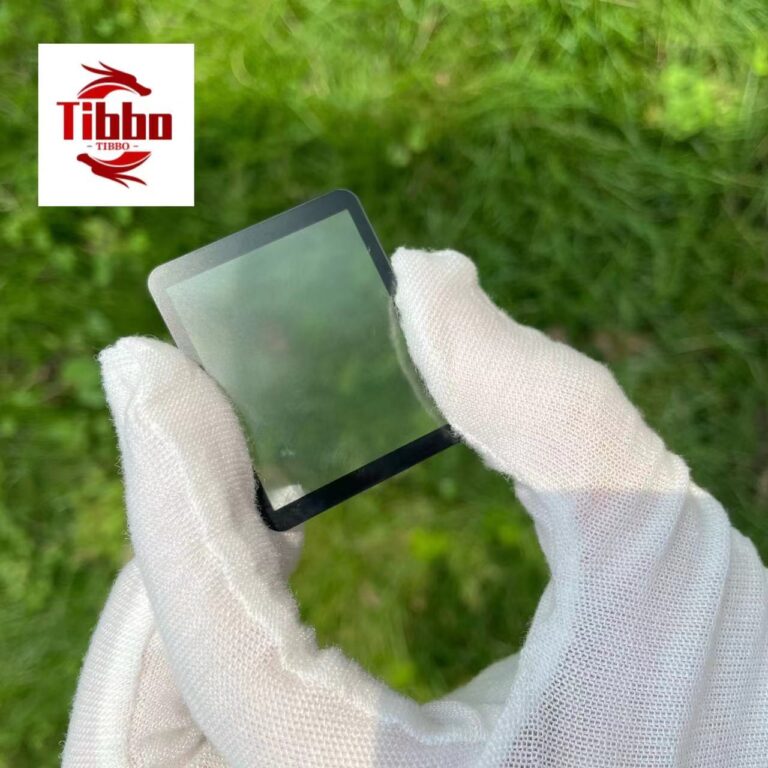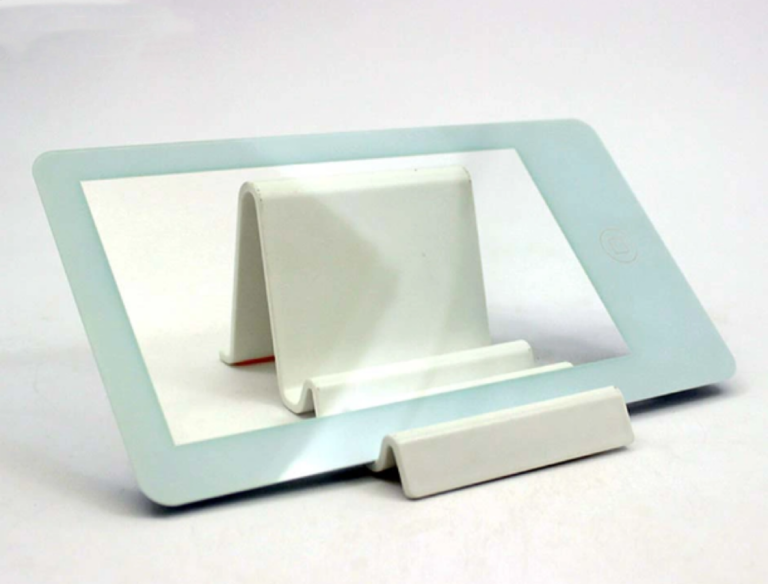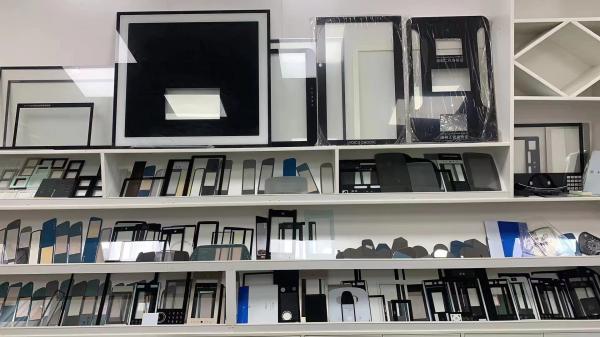
Unveiling the Clarity
The Basics: What is Anti-Reflective Glass?
Anti-reflective glass, also known as AR glass or non-reflective glass, is a specialized type of glass designed to minimize surface reflections. Unlike traditional glass, which often reflects light and creates unwanted glare, anti-reflective glass allows more light to pass through it and reduces reflections to a minimum. It achieves this through a combination of advanced coatings and materials.
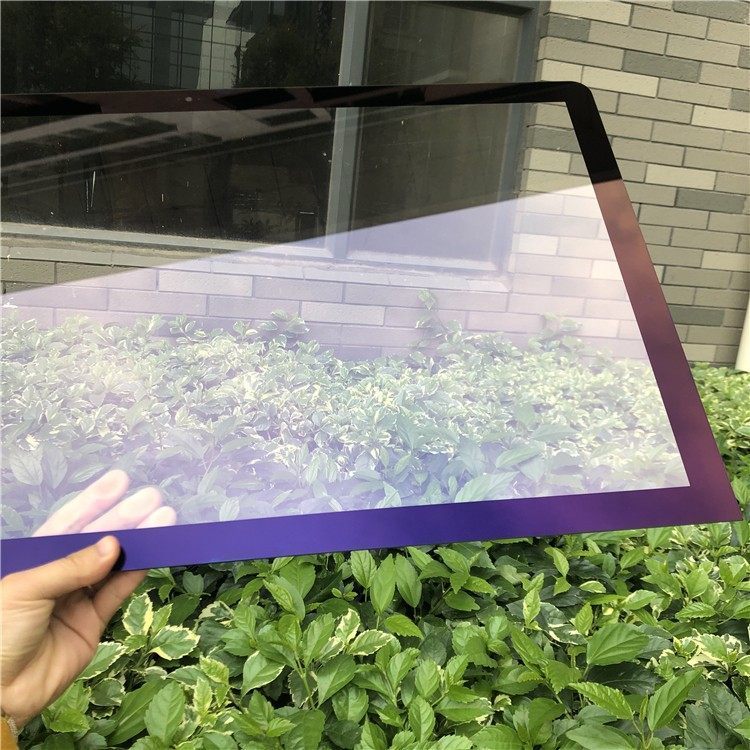
The Magic of Coatings
The primary technology behind anti-reflective glass is its multi-layered coating system. These coatings are designed to reduce the surface reflections caused by light hitting the glass. The magic happens at the nanoscale level, where the coatings are precisely engineered to interfere with the reflection of light waves.
Applications of Anti-Reflective Glass
- Museum Displays: Anti-reflective glass has become a staple in museums and art galleries. It allows visitors to appreciate artworks and artifacts without the distraction of glare or reflections. This provides a truly immersive experience, bringing art to life.
- Electronic Devices: Your smartphone, tablet, or laptop screen likely uses anti-reflective glass. It enhances visibility, making it easier to use your devices outdoors or in bright lighting conditions.
- Architectural Glass: In modern architecture, anti-reflective glass is used in skyscrapers, glass facades, and other architectural elements. It offers unobstructed views and reduces energy consumption by allowing more natural light into buildings.
- Optical Lenses: Anti-reflective coatings are applied to eyeglasses, camera lenses, and microscopes to improve clarity and reduce eyestrain.
The Benefits of Anti-Reflective Glass
- Improved Clarity: The most obvious benefit is reduced reflections, which means you can see through the glass more clearly. This is particularly important in critical applications like aviation and medical imaging.
- Enhanced Aesthetics: Anti-reflective glass enhances the visual appeal of products and architectural designs by eliminating distracting reflections and ensuring a crystal-clear view.
- Energy Efficiency: By allowing more natural light into buildings, anti-reflective glass reduces the need for artificial lighting, thus saving energy and reducing electricity costs.
- Protection: Some anti-reflective coatings also offer protection against UV radiation, helping to preserve the quality of artworks and the interiors of buildings.
Conclusion
Anti-reflective glass is a remarkable innovation that has transformed various industries, from art and architecture to consumer electronics and eye wear. Its ability to reduce reflections and enhance clarity opens up new possibilities for design and functionality. As technology continues to advance, we can expect to see even more innovative uses for this remarkable material. The future is looking clearer than ever, thanks to anti-reflective glass.


